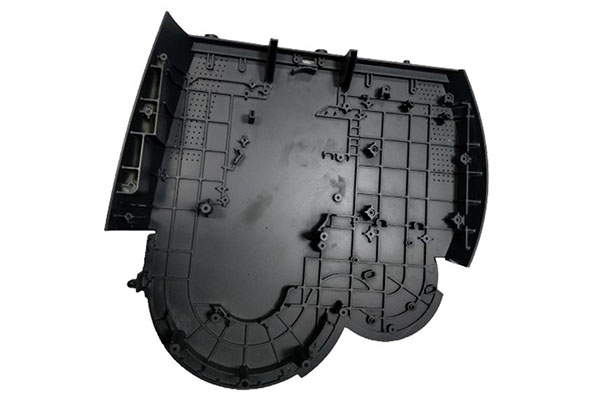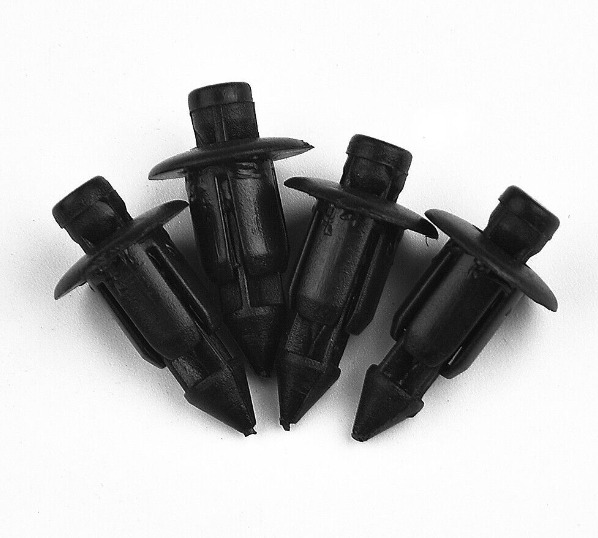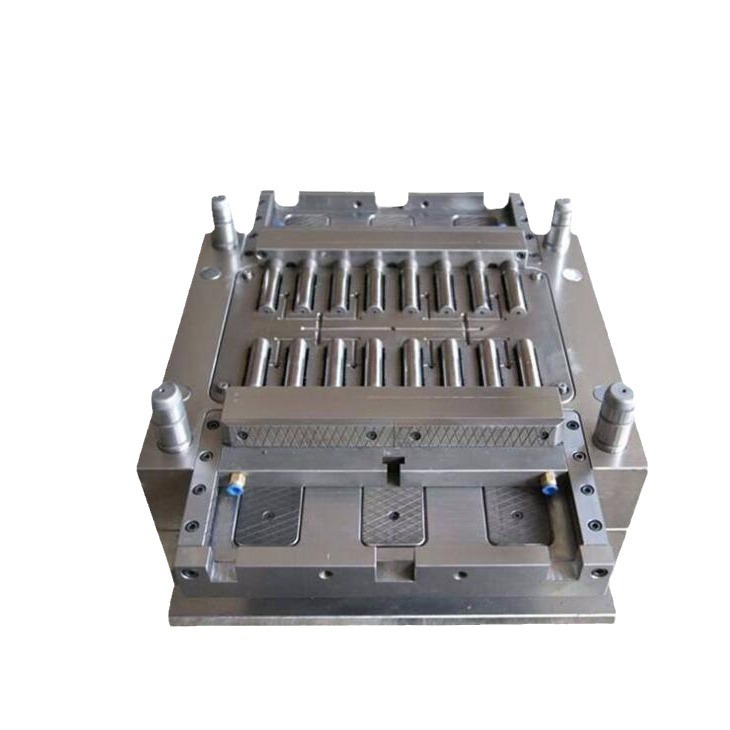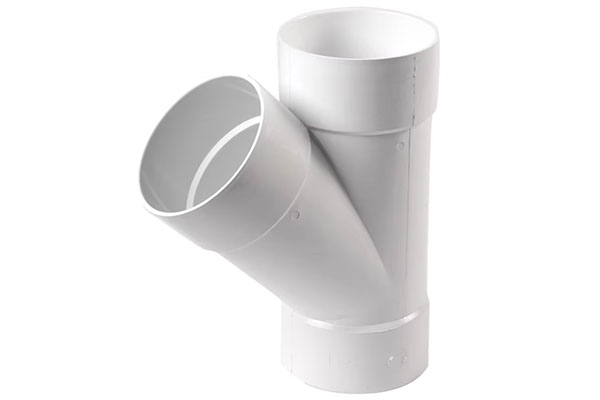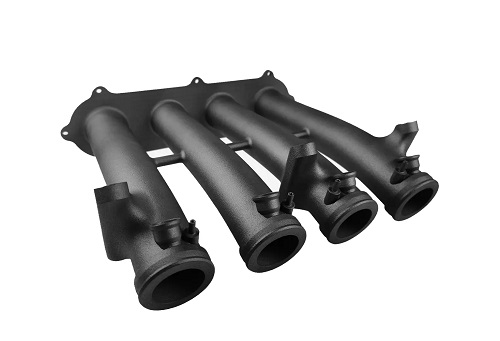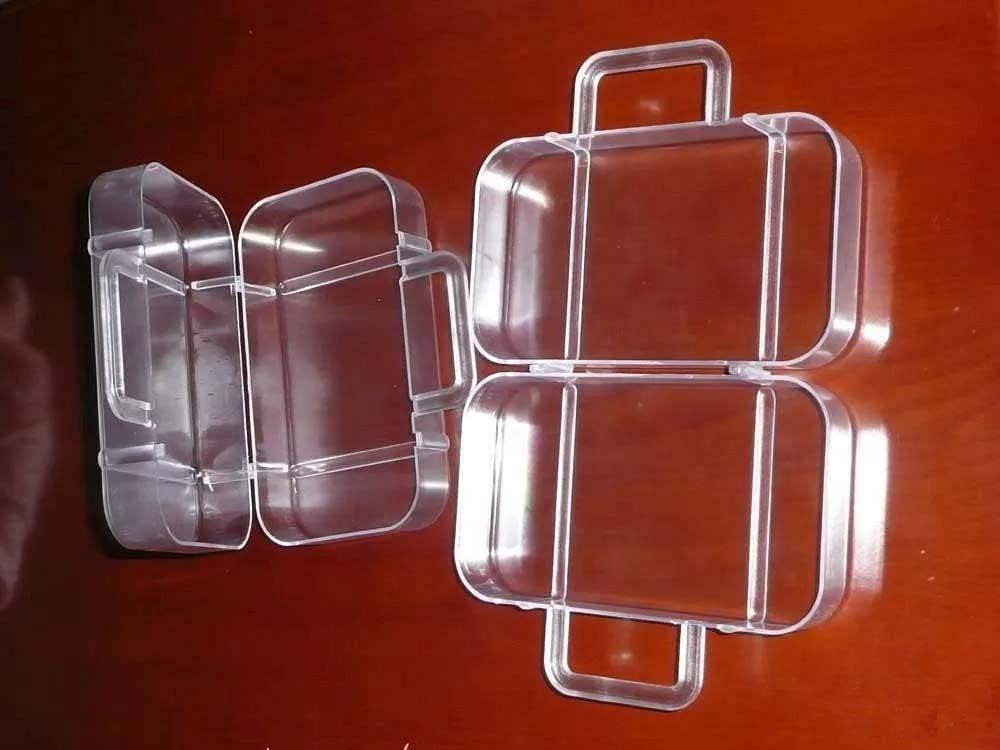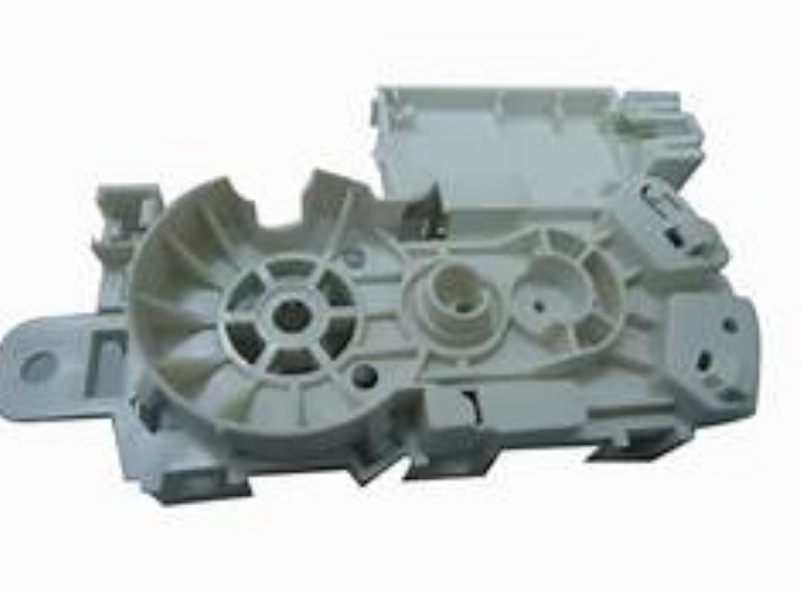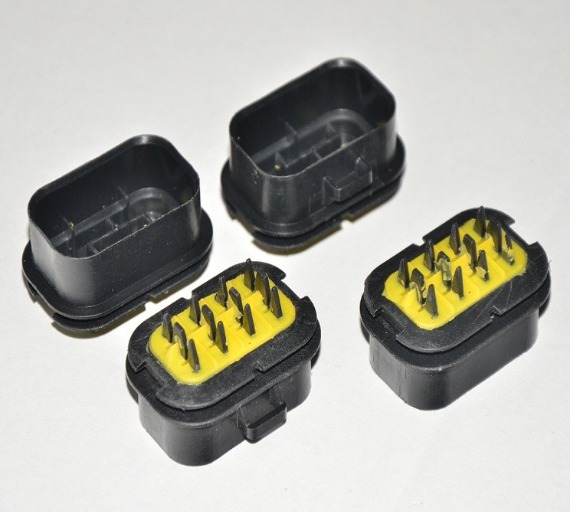High-performance plastics are revolutionizing manufacturing, but working with them comes with unique challenges that can stump even seasoned professionals. Choosing the right material from the vast array of high-performance plastics and engineering plastics is a common hurdle—selecting a thermoplastic when a thermoset is needed for high-temperature applications can lead to costly failures. Many also struggle with optimizing injection molding processes to handle these materials’ unique properties, often resulting in defects like warpage or voids that undermine part performance. Balancing mold design with the specific needs of materials like PEEK or POM adds another layer of complexity. This guide addresses these pain points, offering expert insights to help you navigate the world of high-performance plastic injection molding successfully.
Material Selection and Characteristics: Matching Plastics to Needs
Selecting the right high-performance plastics starts with understanding their unique characteristics. Engineering plastics like PEEK, POM, and PC offer superior properties compared to commodity plastics, making them suitable for demanding applications.
Thermoplastics such as nylon and POM can be melted and reshaped multiple times, offering flexibility in processing and recyclability. In contrast, thermosets like epoxy cure permanently after molding, providing excellent thermal stability and chemical resistance—ideal for high-temperature applications exceeding 200°C.
Key mechanical properties to consider include tensile strength, impact resistance, and flexural modulus. For example, PEEK has a tensile strength of 90–100 MPa, making it suitable for load-bearing aerospace parts, while POM’s low friction (coefficient of 0.15) suits gears and bearings.
Thermal stability varies widely: PEEK can withstand continuous use at 260°C, while PC is limited to 120°C. Chemical resistance is critical for parts exposed to fuels or solvents—PTFE resists almost all chemicals, making it ideal for chemical processing equipment.
Other factors include electrical properties (PTFE is an excellent insulator), flame retardancy (UL94 V-0 rated plastics for electronics), and UV resistance (for outdoor applications). Material grades with additives and fillers like glass fibers or carbon nanotubes can enhance specific properties, such as increasing stiffness or reducing friction.
Injection Molding Process Optimization: Fine-Tuning for Success
Optimizing the injection molding process for high-performance plastics requires precision. Melt temperature is crucial—PEEK needs 380–400°C, while POM works at 180–210°C. Exceeding recommended temperatures can cause degradation, reducing mechanical properties.
Injection pressure ranges from 80–150 MPa, with higher pressures needed for materials with high viscosity, like glass-filled nylon. Injection speed should be adjusted to prevent shear heating—fast speeds (60–100 mm/s) work for PC, while PEEK benefits from slower, more controlled filling.
Cooling time varies by material: PC needs 20–30 seconds, while POM cools in 10–20 seconds, contributing to shorter cycle time. Proper drying requirements are essential—hygroscopic materials like nylon must be dried at 80–120°C for 4–8 hours to prevent moisture-related defects.
Process optimization involves tweaking runner and gate design—larger runners help with high-viscosity materials, while hot runners reduce waste and improve consistency. Process control systems that monitor temperature, pressure, and speed in real time ensure stability, reducing variability across batches.
Mold Design and Construction: Building for Performance
Mold design principles for high-performance plastics must account for their unique properties. High-performance plastic mold materials need to withstand high temperatures and pressures. H13 tool steel is ideal for PEEK molding, resisting wear at 400°C, while aluminum works for low-volume PC parts, offering faster cooling.
Mold flow analysis is essential to simulate how molten plastic fills the mold, identifying potential issues like air traps or uneven flow. This informs cooling channel layout—uniform channels 8–15 mm from the cavity ensure even cooling, reducing warpage.
Venting requirements are stricter for high-viscosity materials—vents 0.01–0.03 mm deep prevent air entrapment, which causes voids. Draft angles of 1–2° facilitate ejection, protecting surface finish—critical for optical plastics like PC.
Ejector pin design should distribute force evenly to avoid marks, especially on polished surfaces. Hot runner systems with precise temperature control are beneficial for materials like PEEK, reducing cycle time and material waste. Precision tooling ensures tight tolerances, with mold accuracy of ±0.005 mm for parts requiring dimensional accuracy like medical components.
Quality Control and Defects Management: Ensuring Excellence
Maintaining quality with high-performance plastics requires robust quality control methods. Defect identification is key—common issues include:
| Defect | Common Causes | Solutions |
| Warpage | Uneven cooling, residual stress | Optimize cooling channels, adjust packing pressure. |
| Voids | Moisture, poor venting | Improve drying, add more vents. |
| Short shots | Insufficient pressure, low melt temp | Increase pressure, raise temperature. |
| Flash | Excessive pressure, worn mold | Reduce pressure, replace worn components. |
Statistical process control (SPC) tracks variables like cycle time and pressure, flagging deviations before defects occur. Inspection techniques include CMMs for dimensional accuracy (tolerances as tight as ±0.02 mm for precision parts) and visual checks for surface defects.
Root cause analysis helps address recurring issues—for example, if warpage persists, checking cooling channel symmetry or material drying times can identify the source. Regular audits of process parameters ensure consistency, critical for high-performance applications like medical devices.
Applications of High-Performance Plastics: Across Industries
High-performance plastics excel in diverse applications:
- Automotive components: POM door lock mechanisms and PC headlight lenses leverage durability and clarity.
- Aerospace parts: PEEK bushings and PTFE seals withstand extreme temperatures and pressures.
- Electronics enclosures: Flame-retardant PC/ABS blends protect sensitive components.
- Medical devices: PEEK implants and PC syringes meet biocompatibility standards.
- Industrial equipment: Nylon gears and PTFE gaskets resist wear and chemicals.
Design for manufacturing is key—incorporating uniform wall thickness and radiused corners reduces defects. Case studies show that switching from metal to PEEK in aerospace brackets reduced weight by 40% while maintaining strength. For high-temperature applications like engine components, PPS offers stability at 200°C, outperforming traditional plastics.
Post-Processing and Finishing Techniques: Enhancing Quality
Post-molding operations refine high-performance plastic parts. Painting and plating require surface treatment—corona discharge improves adhesion for PC parts, while POM may need etching before painting.
Assembly techniques like ultrasonic welding create strong bonds in PC and nylon parts, ideal for fluid-tight enclosures. Adhesive bonding works well for PEEK, using epoxy adhesives designed for high temperatures.
Surface treatments enhance functionality—polishing PC improves clarity, while plasma coating POM reduces friction. Machining and trimming with carbide tools achieves precise tolerances in PEEK and nylon, though care is needed to avoid heat buildup.
Heat treatment can relieve stress in PC parts, reducing warpage. Assembly tolerances should account for thermal expansion—PEEK’s low coefficient (45 ppm/°C) allows tight fits in precision assemblies. Following finishing standards ensures parts meet aesthetic and functional requirements, from matte finishes for industrial parts to glossy surfaces for consumer products.
Yigu Technology’s Perspective
As a leading custom manufacturing supplier in China, Yigu Technology specializes in injection molding high-performance plastics. We understand the nuances of material selection, matching plastics like PEEK and POM to your application’s needs. Our expertise in process optimization and mold flow analysis ensures consistent quality, while strict quality control methods catch defects early. Whether you need automotive components or medical devices, we deliver precision parts that meet the highest performance standards, on time and within budget.
FAQs
- What’s the main difference between engineering plastics and high-performance plastics?
Engineering plastics offer better properties than commodities but are limited to moderate temperatures (up to 150°C). High-performance plastics like PEEK and PTFE withstand extreme heat (over 200°C) and harsh chemicals, suited for aerospace and medical applications.
- How do I prevent degradation in high-temperature plastics during molding?
Use precise temperature control, avoid prolonged residence times in the barrel, and ensure proper ventilation. For PEEK, keep melt temperatures below 410°C and minimize cycle times to reduce exposure to heat.
- Can high-performance plastics be recycled?
Most thermoplastics like POM and PC are recyclable, though properties may degrade slightly. Thermosets and highly filled plastics are harder to recycle, often being ground for use as fillers in non-critical applications.
